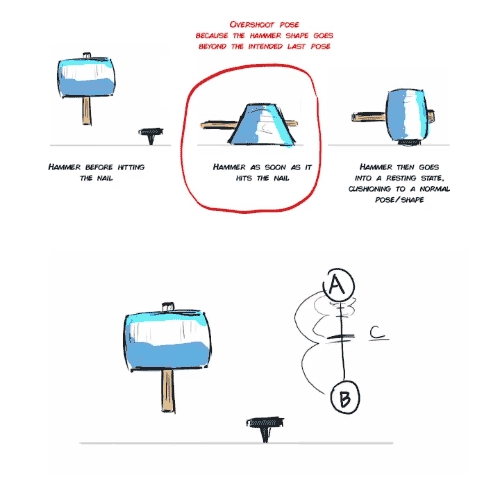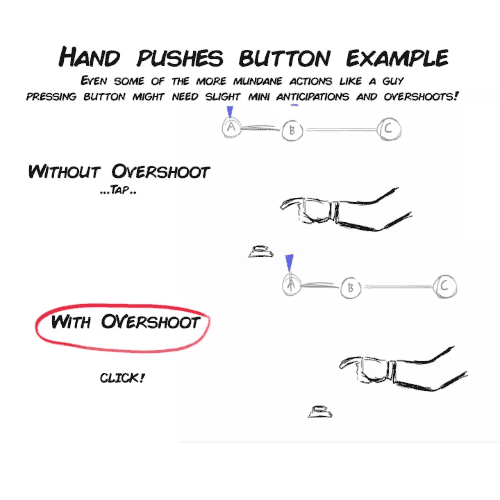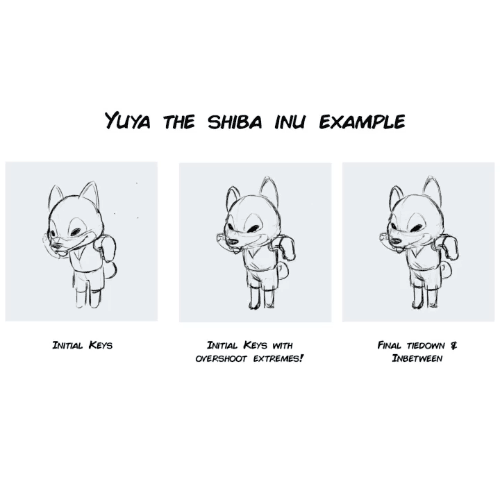Anxiety Moments #2
Anxiety Moments #2
Sitting at a restaurant and feeling like everyone is microanalyzing how you sit, eat and breathe so you just revert into your shirt hole like a turtle
More Posts from Yupraxia and Others
Anxiety Moments #1
Listening to top 10 most inspiring movie speeches in the the car to pump yourself up enough to walk into a Michael’s.
This was the collab I didn’t know I needed but can’t survive without.
I can’t stop listening to this. This is so beautiful 😭
You: Weird flex but ok
Me, an intellectual:


So psyched for the new Pokémon games!!! Have a favorite yet?? 👊🔥 #pokemon #digitalart #art #pokemonswordshield #drawing https://www.instagram.com/p/BumhJlIgwCg/?utm_source=ig_tumblr_share&igshid=p90t8txqvexv










Overshoots and Mini Anticipations lecture from my Complete Introduction to 2D animation package.
https://gumroad.com/l/Introto2DComplete or you can buy each chapters, or my other tutorials: https://gumroad.com/stringbing

Just a boy from Cuba.

A Nekrasov Cossack bride being crowned with a kichka
The kichka is a traditional Russian bridal headdress historically worn throughout the southern regions of the country, namely the areas corresponding to modern Ryazan, Tula, Kaluga, and Orel. Its origins trace back to ancient times when female shamans would wear the horns of various animals as magical talismans. The length of the horns would represent status; the more elderly a woman was the longer her horns were and thus the more authority she had among her clan. The horns also represented fertility, and because of this eventually evolved into the horned kichka headdress worn by brides in more modern times. For many centuries the Russian Orthodox Church condemned kichka headdresses associating them with paganism, and because of this their use gradually declined. Despite this they were regularly worn by brides in certain regions of the country, such as Voronezh, until the 1950s.



